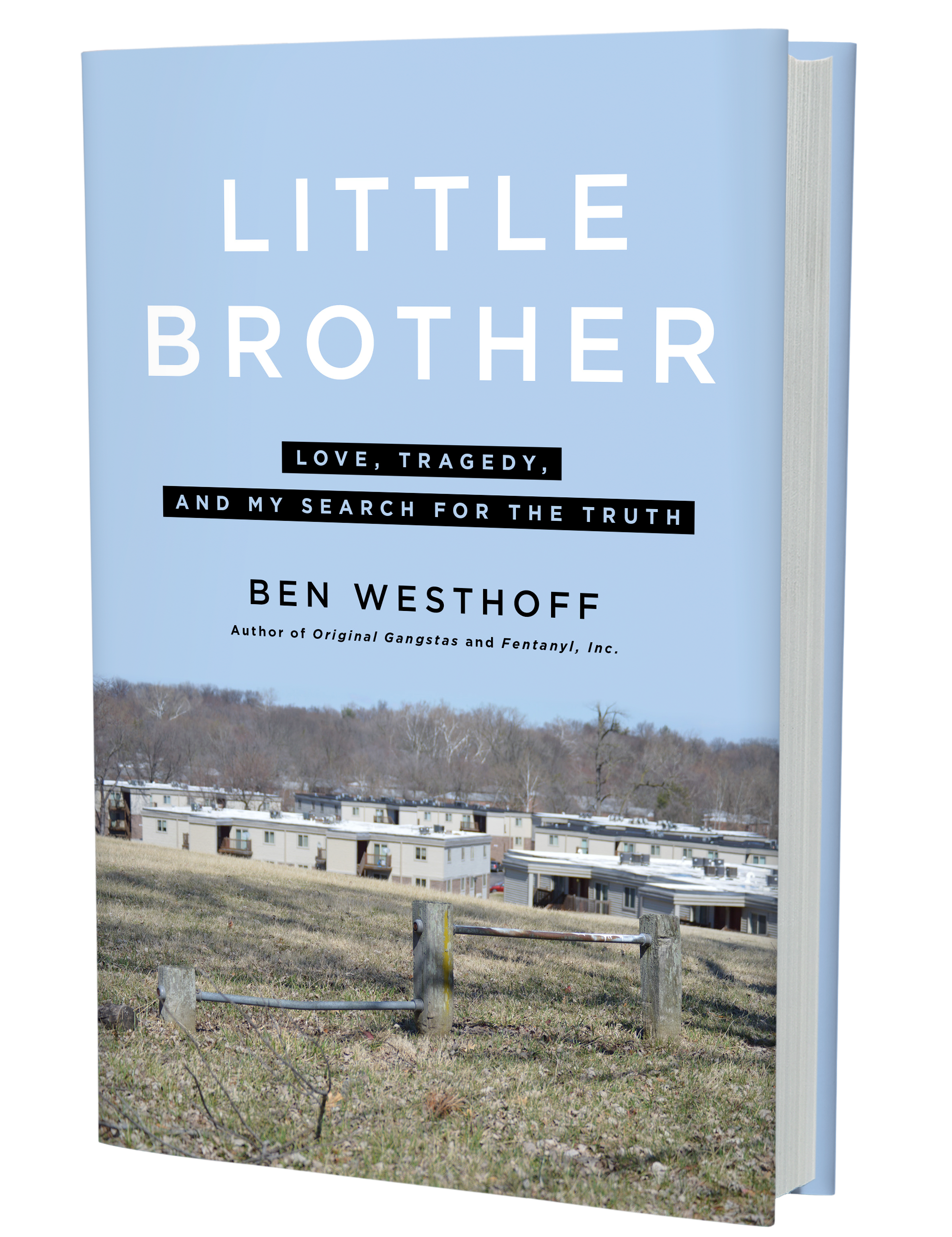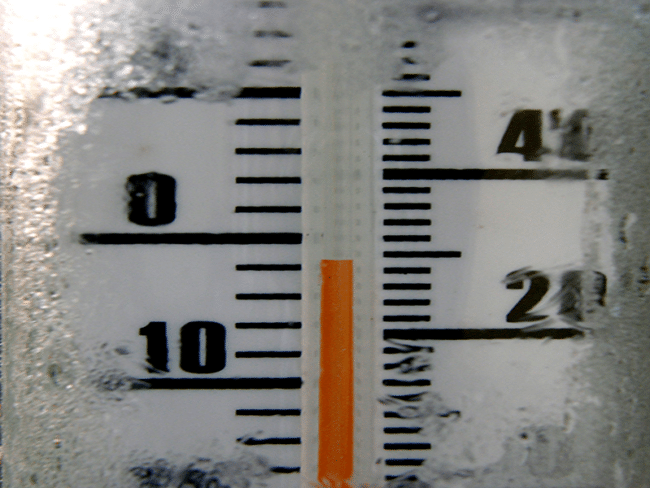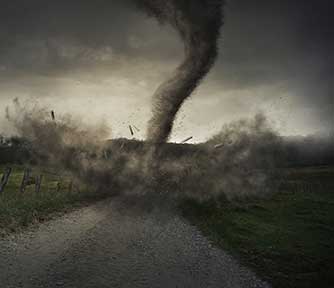Journalist Ben Westhoff mentored a young Black man through the Big Brothers Big Sisters program. When the young man is killed, after sinking into drug abuse and being armed almost all the time, Ben searches for the killer.

What does it mean to solve a crime? In the context of the justice system, a reasonable answer could be that the crime’s perpetrator is found, apprehended, tried, and convicted. As true crime stories and police procedurals demonstrate, it isn’t always possible to successfully convict someone who looks guilty of a crime on paper. In such cases, might another sort of justice be possible? St. Louis author Ben Westhoff’s latest book Little Brother deals, in part, with this question.
Little Brother:
Love, Tragedy,
and My Search for
the Truth
Ben Westhoff, 288
pages, nonfiction,
Hachette Books,
hardcover, (6.35 by
9.3 inches), $29
In 2016, Jorell Cleveland, a young man whom Westhoff had mentored and maintained a close connection with for years through the Big Brothers Big Sisters program, was shot and killed in Kinloch, a tiny municipality in St. Louis county. This sudden tragedy and the lack of formal criminal justice in its wake launches the investigation Westhoff outlines in Little Brother. Central to the search is a question about the nature of justice—what do victims, including bereaved loved ones, need in order to heal from such a costly transgression?
Westhoff’s investigation shows him navigating a world of poverty, incarceration, illicit drugs, and arms sales and he puts his seasoned skills as an investigative reporter to good use. Along the way, as one would expect with a story so personal, readers also learn about Westhoff’s own background and how it compared to the upbringing of his mentee.
Through this part of the narrative, we observe Westhoff learned about himself in the process. Westhoff is a white reporter from the Twin Cities who has spent time reporting on both coasts. Jorell Cleveland was a young Black man, who in his last days of life, was struggling with drug abuse and was armed at almost all times. As Westhoff learns more about the world his late little brother came from, his biases and naivetes are challenged, for better and worse. Westhoff’s transparency about this experience shows a tremendous amount of empathy, something often found lacking in true crime titles. On the other hand, he still from time to time exhibits myopic stereotypes, such as describing a figure he sketches from Jorell’s life as not being an “angel.”
Little Brother is always careful to contextualize the story within a larger landscape. Westhoff keeps a careful eye on the broader St. Louis area as well as the United States as a whole, bringing in facts and analyses both contemporary and historical and showing the ways in which the story he is telling here mirrors and intersects with so many others.
Westhoff’s writing style is approachable, and this book can easily be inhaled in one long afternoon. The personal connection to the case and eye toward the big picture prevent this story from being another vapid true crime tale, instead presenting a thorough sketch of a young man whose life was tragically cut short as well as giving readers a more nuanced understanding of life on the margins in St. Louis.
At the end of the book, Westhoff settles on a figure he believes is the most likely person to have committed the murder of his little brother and friend. During a compelling scene, he lays out his findings to Jorell’s father, who listens as tears fall. It seems very dubious whether the formal justice system will make any further progress in prosecuting this crime, but as Westhoff tells it, it at least seems possible that the victim’s loved ones are granted some reprieve from wondering why this happened.
Only they can say if that counts as a kind of justice.
Related Posts
Freezing Temperatures in St. Louis
On December 24, 1872, a 20˚ below zero temperature was recorded for St. Louis.
Tornado Outbreak in St. Louis
On September 29, 1927, a tornado in St. Louis killed 85, injured as many as 1,500, and destroyed much of the area from Webster Groves to the Central West End and eastward to the Mississippi.
St. Louis Symphony Orchestra roots begin
The St. Louis Choral Society was founded by SLSO's first Music Director Joseph Otten on September 1, 1880.



